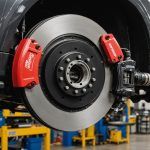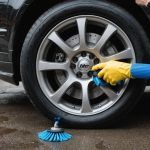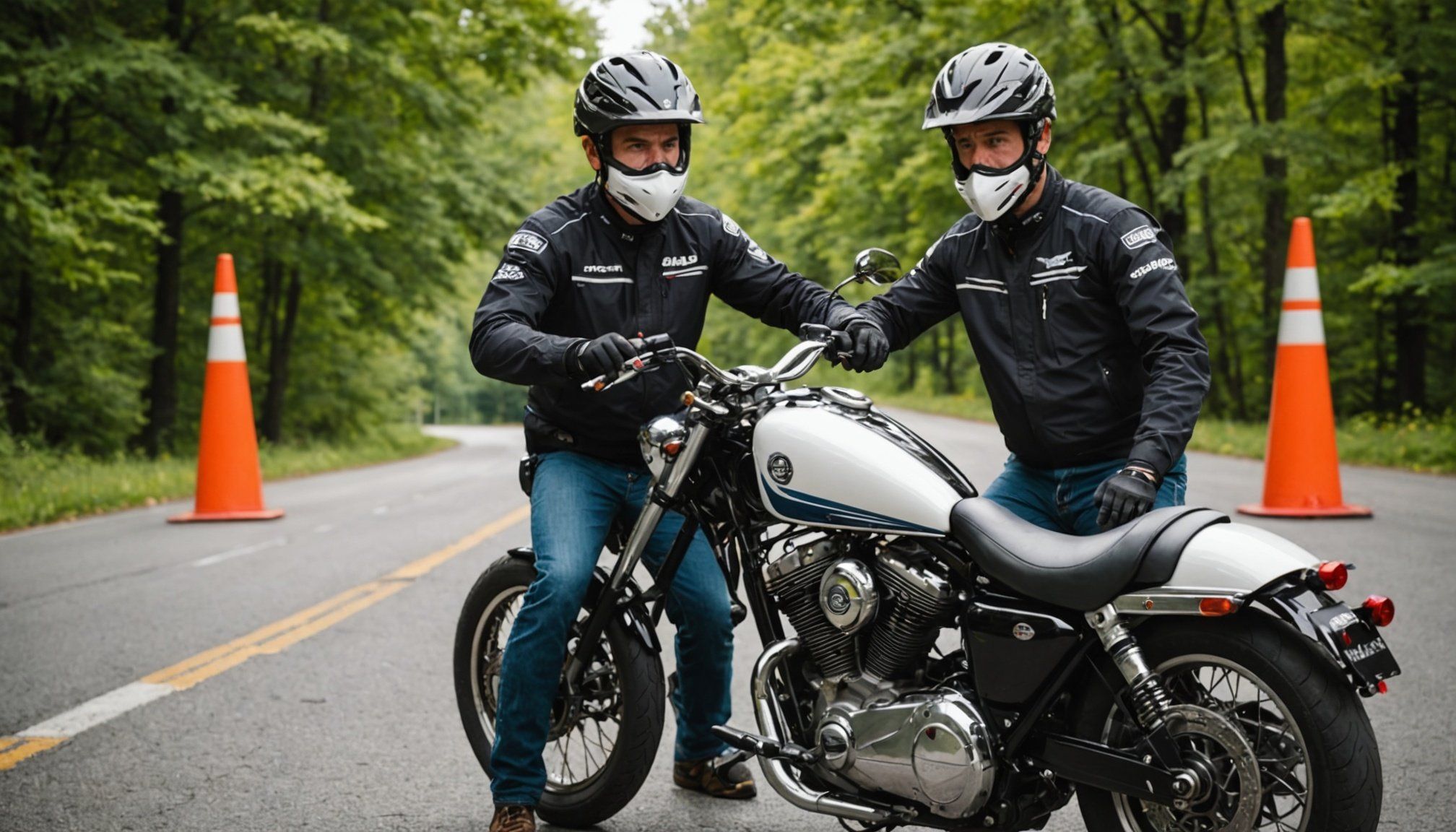Before hitting the road on your bike or motorcycle, ensuring your vehicle is in optimal condition is crucial for your safety. Each ride presents its own set of challenges, and the last thing you want is to encounter unexpected issues that could lead to an accident. Performing consistent safety checks before you ride can make a significant difference in your overall riding experience. This article will outline the most critical safety checks you should conduct regularly, ensuring you are well-prepared and can enjoy a smooth journey without any surprises.
Checking the Tires
Tires play an essential role in the performance of your bike or motorcycle. They are the only contact between your vehicle and the road. To ensure your safety, you need to check several aspects of your tires before every ride.
Also to discover : How do you choose the right motorcycle for a beginner rider?
Start by inspecting the tire pressure. Under-inflated tires can lead to poor handling and increased wear, while over-inflated tires can result in a harsher ride and a higher risk of blowouts. Use a reliable gauge to measure the pressure and compare it to the manufacturer’s recommended levels, typically found on a sticker adhered to the bike or in the owner’s manual.
Next, examine the tread depth. Adequate tread is necessary for maintaining good grip on the road, especially in wet conditions. If the tread is worn down to the indicators, it’s time to replace the tires. Moreover, look for any visible damage such as cuts, cracks, or punctures, which could compromise safety.
Also to read : What should you consider when customizing your motorcycle?
Finally, don’t forget to check the alignment and condition of the wheels. Misaligned wheels can cause uneven tire wear and affect your ability to steer properly. Make sure there are no dents or bends in the rims, as these can lead to tire failure.
By ensuring that your tires are in excellent shape, you take a significant step towards a safe and controlled ride.
Inspecting the Brakes
Brakes are one of the most critical components of your bike or motorcycle. They are directly responsible for your ability to stop safely. Therefore, a thorough inspection of your brakes is non-negotiable before each ride.
Begin by checking the brake fluid level. If you notice it is below the recommended level, top it up with the appropriate fluid specified in your owner’s manual. Low brake fluid can result in decreased braking performance and can lead to brake failure.
Next, inspect the brake pads. Look for any signs of wear; if the pads are worn down to the metal, it is essential to replace them immediately. Additionally, listen for any unusual sounds when applying the brakes, such as squealing or grinding, which can indicate a problem.
You should also test the brake levers. For motorcycles, squeeze the levers to ensure they feel firm and responsive. Any sponginess may suggest air in the brake lines or an issue with the master cylinder. For bikes, ensure the hand brakes engage properly and do not feel loose.
Lastly, don’t forget to check the rear brakes. Whether your bike has disc or drum brakes, ensure they are functioning correctly by pressing the foot brake and checking for responsiveness. Prioritizing brake safety will significantly enhance your riding experience and keep you safe on the road.
Examining the Chain and Engine
The chain is a vital part of your bike or motorcycle’s drivetrain, and maintaining it is essential for optimal performance. A well-lubricated and properly tensioned chain will ensure smooth operation and extend the life of your vehicle.
Before your ride, inspect the chain for any signs of wear and tear. Look for rust, excessive dirt buildup, or missing links. If the chain appears damaged or too stretched, it may need replacement. A clean chain is crucial—use a suitable cleaner to remove grime and then apply quality chain lubricant to keep it functioning smoothly.
Next, check the chain tension. A chain that is too loose can slip off, while one that is too tight can cause premature wear. Consult your owner’s manual for specifications on the correct tension and adjust as necessary.
Now, let’s shift our focus to the engine. Check the oil level before starting your ride. Low oil can lead to serious engine damage. If the level is low, top it up with the correct oil type. You should also look for any oil leaks around the engine and oil pan. If you notice any, it’s vital to address them before heading out.
Finally, take a moment to listen to the engine while idling. An unusual sound, such as knocking or clicking, can signal an underlying issue. Conducting these checks will not only enhance your riding experience but also prolong the life of your bike or motorcycle.
Assessing the Overall Condition
A comprehensive safety check goes beyond just the tires, brakes, chain, and engine. You should also assess the overall condition of your bike or motorcycle before every ride to ensure a safe journey.
Start by checking the frame and bodywork for any signs of damage, such as cracks or dents, which may affect the structural integrity of your vehicle. Small issues can escalate if left unaddressed, so it’s wise to take note of any concerns.
Next, inspect your lights and indicators. Proper visibility is crucial for your safety on the road, especially at night or in poor weather conditions. Ensure that both front and rear lights are functioning correctly, and test the turn signals, brake lights, and any other lights on your motorcycle or bike. Replace any burnt-out bulbs promptly.
Don’t forget to check the handlebars and controls. Make sure everything feels responsive and secure. Loose grips or malfunctioning controls can lead to accidents, so ensure that the throttle, clutch, and brake controls work seamlessly.
Lastly, review your gear. Ensure that your helmet and protective gear are in good condition and fit properly. Safety gear is your last line of defense, and having it in top shape is non-negotiable.
By taking the time to assess the overall condition of your bike or motorcycle, you can ride with confidence and peace of mind.
In conclusion, performing safety checks before every ride is essential for ensuring your safety and enhancing your overall riding experience. From checking the tires and brakes to inspecting the chain and engine, each component plays a vital role in the performance of your bike or motorcycle. By routinely assessing the overall condition of your vehicle and your riding gear, you can prevent potential problems and enjoy many smooth, safe rides ahead. Remember, a few minutes of preparation can save you from serious issues on the road.











